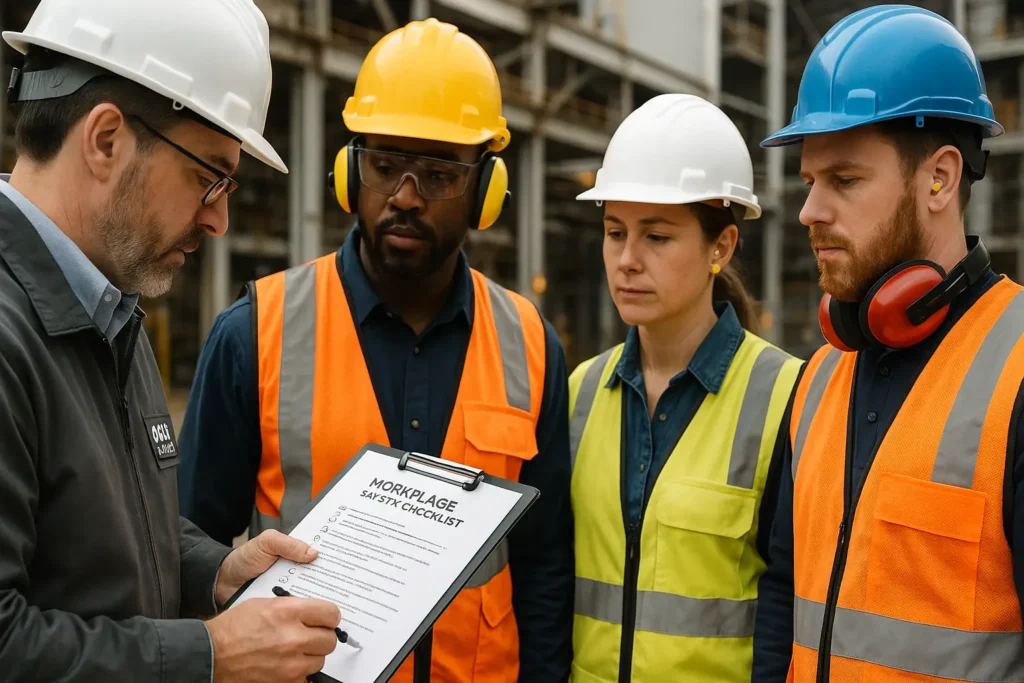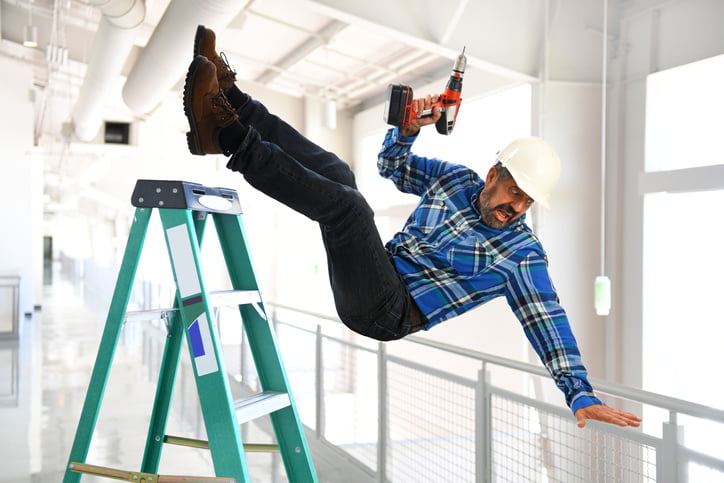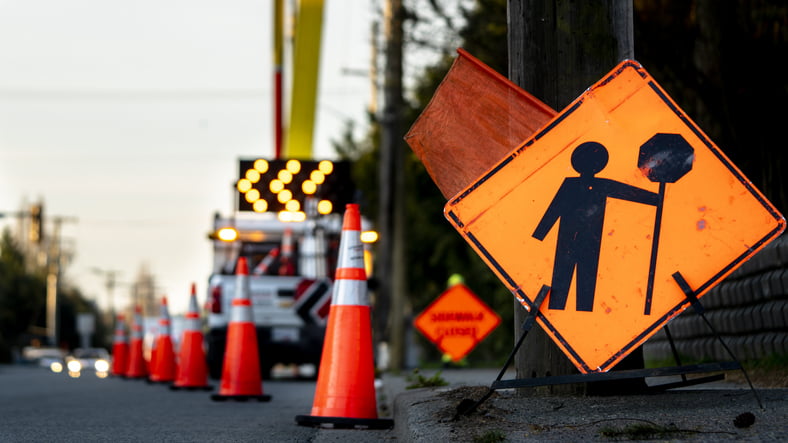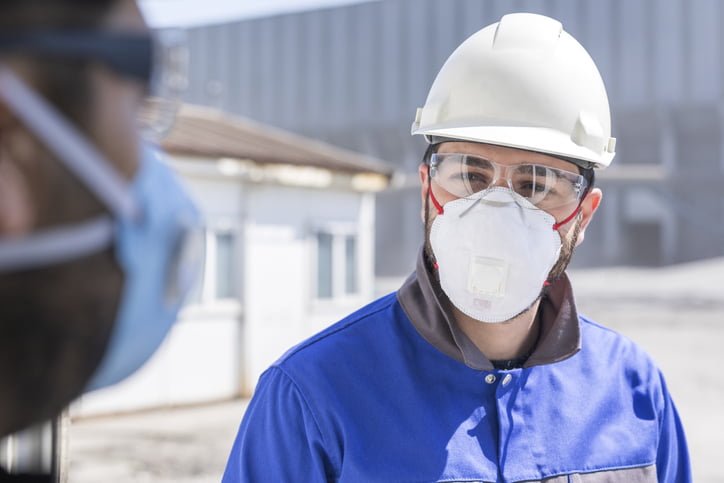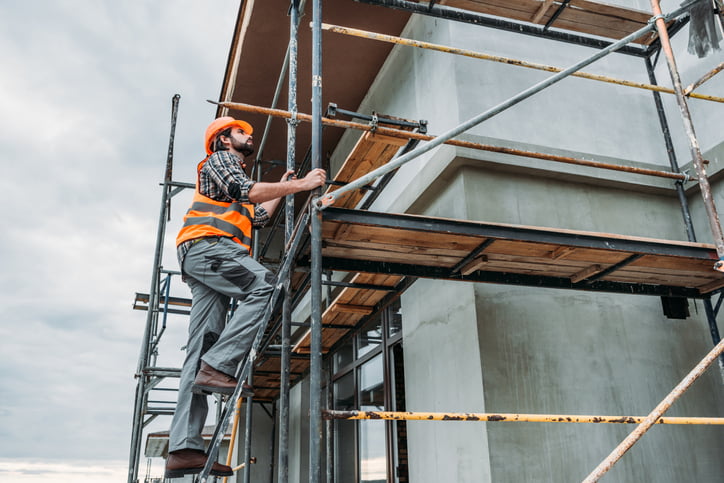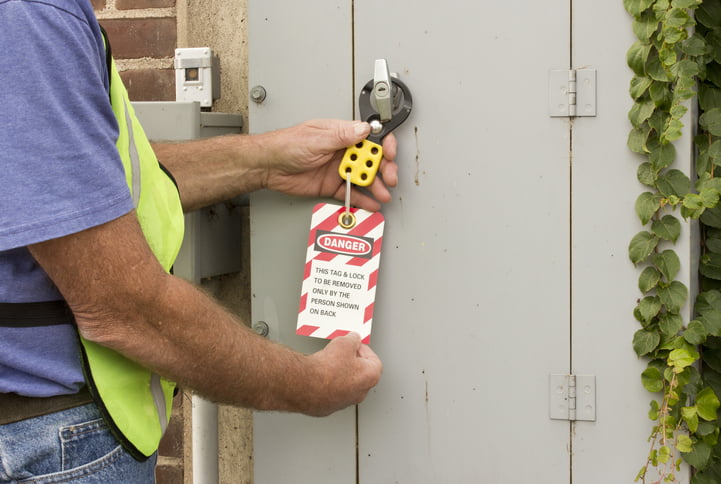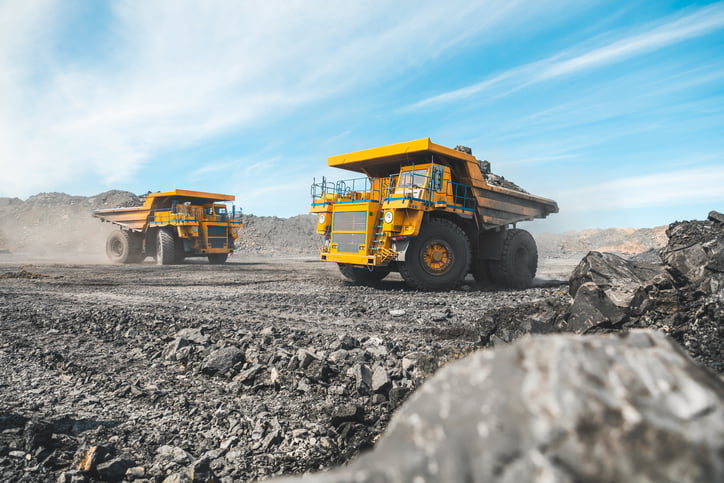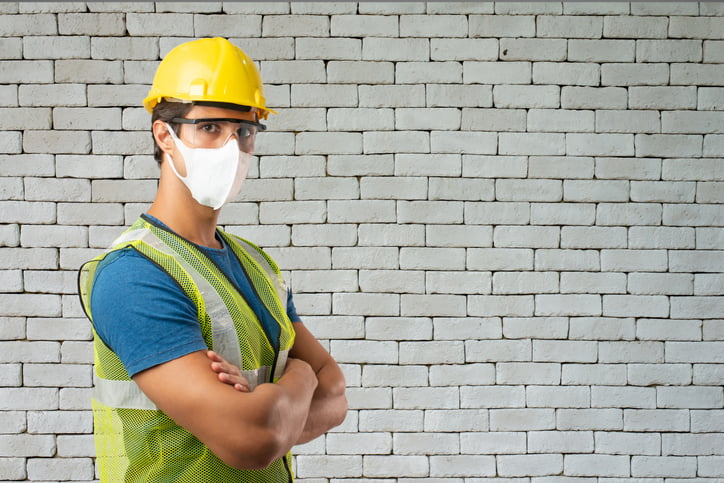Construction Safety Tips According To OSHA Standards
Safety in construction is a critical matter. Any little oversight can have a devastating impact on the workers at site. OSHA, the goverment agency that’s responsible for protecting manual labors lays out a series of precautions and sets certain standards to prevent accidents at worksites.
It’s standards are designed to prevent workers from falling off heights, inhaling toxic materia or being injured from heavy machinery. OSHA’s guidelines provide an actional way for construction sites to create a safe and hazard-free environment.
Safety Tips for Different Workplace Hazards
Following are some OSHA safety tips for construction workers.
1. Fall Protection
Construction sites can significantly enhance worker safety through a combination of fall protection measures. Essential to this effort is comprehensive fall protection training, which equips workers with the knowledge and skills to prevent accidents. There must be diversified fall protection systems, such as guardrails, safety nets, and personal protective equipment, strategically implemented to mitigate fall-related risks. By prioritizing both training and diversified fall protection solutions, construction sites can effectively safeguard their workers and minimize the potential for life-threatening incidents.
2. Hazard Communication Standard
Setting hazard communication protocols involves creating, implementing, and monitoring on-site dangers. This sort of plays a critical role in keeping workers safe from toxic chemicals. All containers should properly be sealed and labelled, and all the substances should have their safety data sheets (SDS), which should be easily accessible. Workers must understand how to handle these chemicals, and if an accident happened, they must know how to respond for help.
3. Respiratory Protection
The labourers and any work on the construction site, respiratory protection is necessary. The last thing any supervisor wants is for their team members to face breathing problems. Many worksites make it necessary for their workers to use breathing mask for this particular reason. Some workplaces also regularly check to see if their workers are facing any respiratory issues. It’s also inevitable for workers to face dust, which makes it extremely important to have respiratory protection measures in place.
4. Scaffolding Safety
Scaffolding is widely using, during construction and renovation activities. A scaffold is any temporary elevated or suspended work surface used to support workers and materials. But it also needs planning and mapping before being built and these platforms are there for a temporary period. Over a period, they can become a higher risk area for construction workers. The scaffoldings should be installed, used, maintained, and remove only by an experienced person with proper training. Only skill-full and trained individuals are allowed to work on these scaffoldings to avoid any disaster.
5. Ladder Safety
By using ladders in the construction site, workers can fall from it, the ladder can fall on someone, and if the ladder is placing near the electric switchboards, they become the conductor of electricity. The OSHA safety tips make it necessary to examine ladders before using them. They also state that the ladder should not be placed on uneven grounds and should not lean against walls. For preventing falls from the ladder, an individual knows that there should be 3-4ft extra length required of the ladder from the targeted post. Always look for your steps on ladders to avoid any injuries.
6. Control of Hazardous Energy (Lockout/Tagout)
Any equipment hazard which can occur due to energy failure comes in this category includes electricity, compressed air, steam, heat, fire (like generators, cement mixing machines), etc. For controlling the energy hazards, prior meetings and training are necessary for the workers, and it helps the supervisors to identified energy risks on the sites. All the equipment must only operate by the trained workers.
7. Powered Industrial Trucks Precautions
Powered industrial trucks are defined by OSHA as any mobile power-propelled truck used to carry, push, pull, lift, stack, or tier materials. Examples include forklifts, pallet jacks, low lift jacks, etc. These trucks or vehicles can be operated only by trained operators, and untrained workers are strictly prohibited. Vehicle drivers have proper knowledge of the machine and its functions, and they should use seatbelts and other necessary safety equipment.
8. Eye and Face Protection
According to the United States Bureau of Labor Statistics, 20,000 eye injuries occure in workplace each year. Most of these injuries could have been prevented by the proper selection and use of eye and face protection. OSHA requires employers to ensure the safety of all employees in the work environment and it sets specific standards for eye protection.
Eye and face protection must provide whenever necessary to protect against chemical, environmental, radiological, mechanical irritants, and hazards. At the workplace, always wear PPE, and it is the first thing that protects you from any damage. Like safety, boots give grip and protection of feet from falling objects. The hi-vis vest played a key role during darker hours of the day, and a hard hat protects your head as same as goggles and gloves.
9. Machinery and Machine Guarding
All the machinery should only be operated by the trained operators, and a machine with a guard should only be used with the consent of the supervisor. Moving machine parts can cause severe workplace injuries, such as crushed fingers or hands, amputations, burns, or blindness. Safeguards are essential for protecting workers from these preventable injuries. Any machine part, function, or process that causes injury requires precaution. When an operation of a machine or accidental contact injures the operator or others in the vicinity, the first-aid should be provided immediately.
Conclusion
As the field of construction is evolving at a rapid pace, new regulations are being consistently introduced and the OSHA safety tips are getting more detailed. Workers and safety managers should keep themselves updated with these changes and enroll themselves OSHA 10-hour construction and OSHA 30-hour construction courses to become safety leaders at their respective workplaces.
Related Posts

Training on a Budget? Find OSHA Training at a Low Price
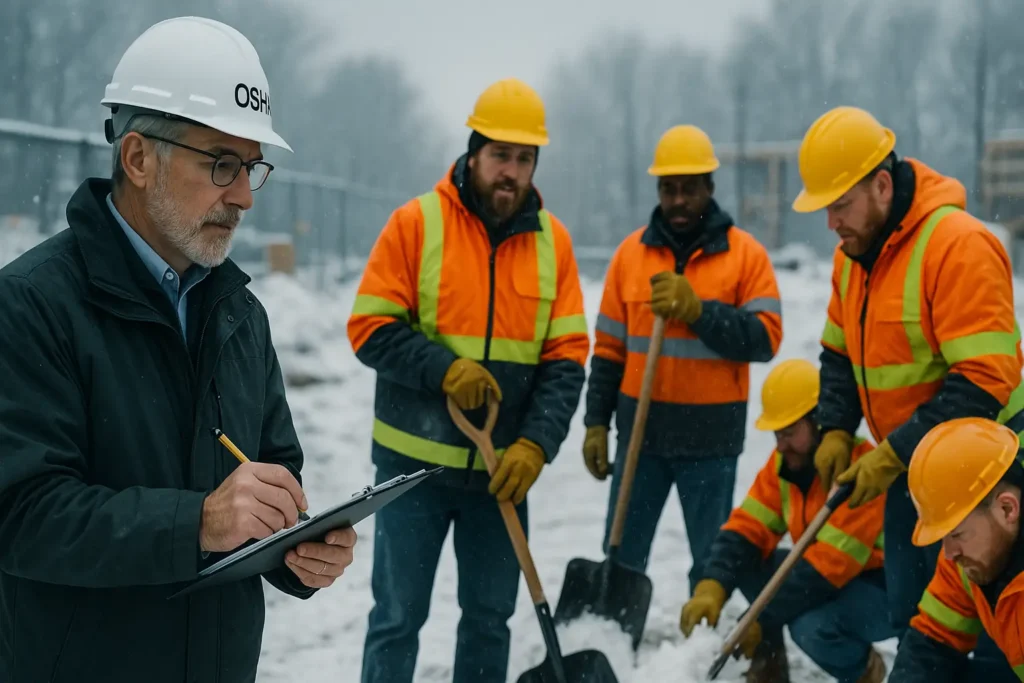
OSHA Winter Safety Tips for 2025: Protect Outdoor Workers
